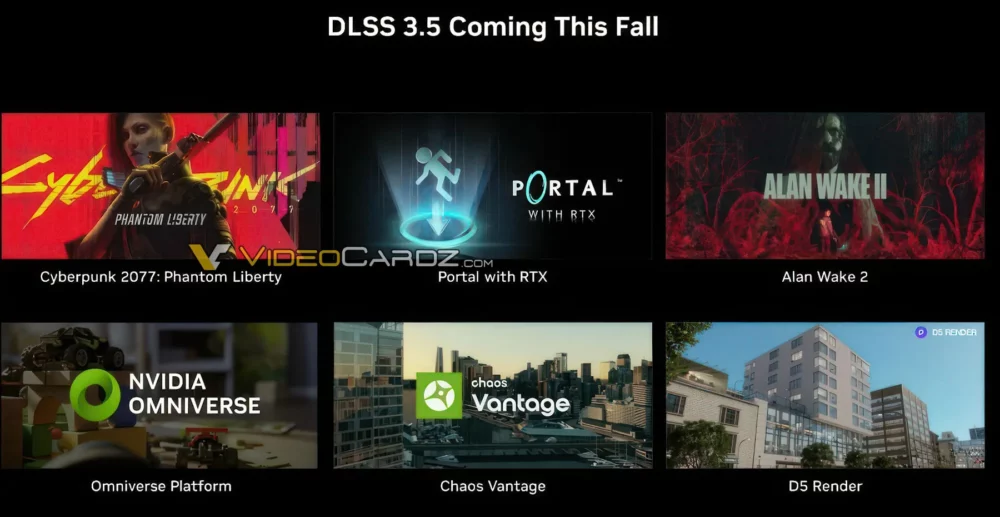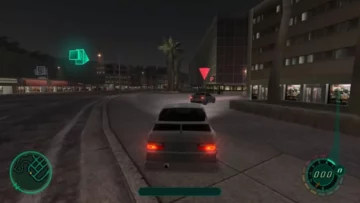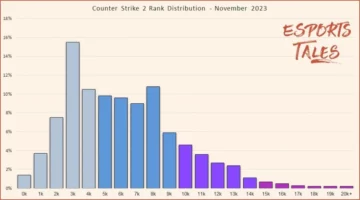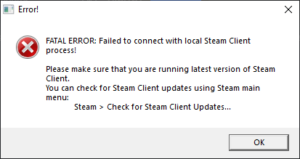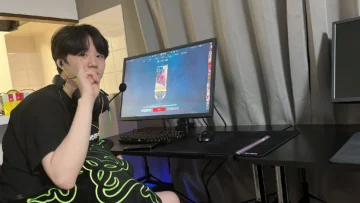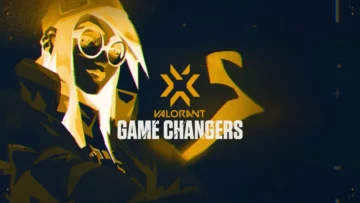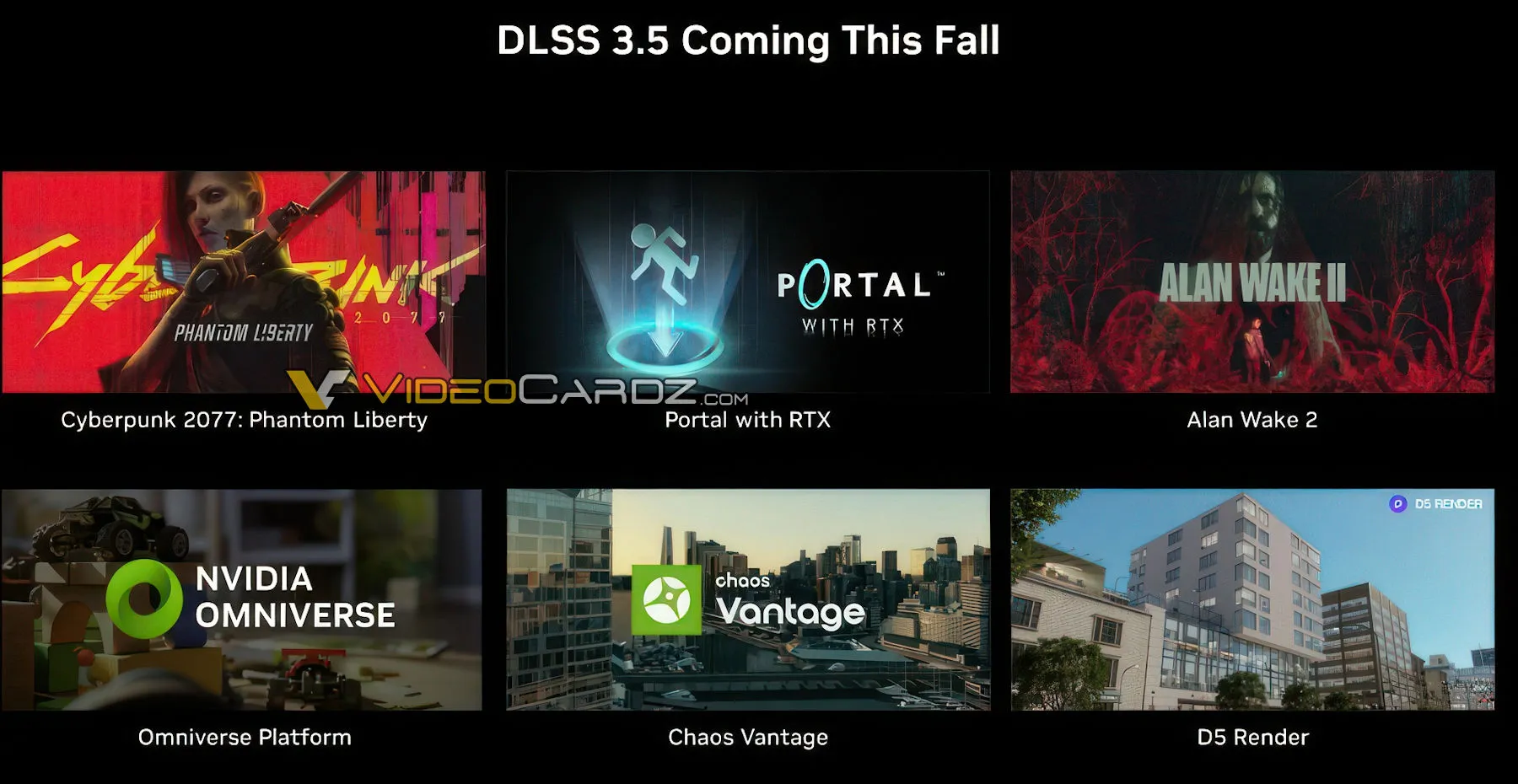
In the realm of dynamic graphics technology, NVIDIA emerges as the stalwart pioneer, propelling innovation while others linger. Amidst the backdrop of unexplored potentials, the Deep Learning Super Sampling (DLSS) algorithm, NVIDIA’s treasured creation, stands poised to redefine visual grandeur. Across its transformative journey through DLSS1 to DLSS 3.1, NVIDIA has consistently pushed boundaries. Now, the spotlight turns to DLSS 3.5 – a revelation set to magnify the world of ray tracing.
NVIDIA’s journey through DLSS iterations reads like a saga of innovation. Beginning with DLSS1 in March 2020 and advancing through DLSS 2.3 in November 2021, DLSS 3 in October 2022, and DLSS 3.1 in January 2023, each version has carved new milestones. The cumulative effect of these releases is the culmination of DLSS 3.5 – an exemplar of cutting-edge technology.
DLSS 3.5 propels the experience of realism to unprecedented heights with its focus on Ray Reconstruction (RR). This innovation surpasses conventional denoising methods, underscoring NVIDIA’s commitment to quality. Built upon extensive training encompassing a colossal dataset, Ray Reconstruction harmonizes with diverse game and software data. It identifies intricate ray-traced effects and discerns between temporal and spatial pixels, ensuring the preservation of intricate high-frequency data for later upscaling.
The traditional approach of denoising inadvertently erodes essential data needed for upscaling, resulting in compromised color fidelity. This trajectory also fosters inaccuracies in lighting effects and engenders the specter of ghosting from past frames.
In contrast, Ray Reconstruction emerges as the beacon of progress. This innovation eliminates the shortcomings of its predecessors, enriching global illumination and reflections by seamlessly interpolating data, unburdened by scarcity.
The horizon of innovation beckons as DLSS 3.5 is set to debut in the approaching fall season. It will grace titles like Cyberpunk 2077: Phantom Liberty, Portal with RTX, and Alan Wake 2. Beyond gaming, its prowess extends to the NVIDIA Omniverse Platform, Chaos Vantage, and D5 Renderer, ensuring inclusivity across all RTX GPUs.
Stay updated with the latest news in gaming and esports by signing up for early access to TalkEsport’s Mobile App. Follow us on Twitter and Google News to ensure you never miss the exciting updates.
FAQ
DLSS 3.5’s spotlight is on Ray Reconstruction (RR), a revolutionary advancement enhancing visual experiences.
DLSS has evolved from its inception in 2020 to DLSS 3.1 in 2023, with each version bringing remarkable technological strides.
Traditional denoising methods compromise color data fidelity and can lead to inaccuracies in lighting effects and ghosting.
Ray Reconstruction bridges gaps in interpolation, enriching global illumination and reflections, ensuring a more authentic visual experience.
DLSS 3.5 will debut in games like Cyberpunk 2077: Phantom Liberty and extend its reach to platforms like the NVIDIA Omniverse and Chaos Vantage.
- SEO Powered Content & PR Distribution. Get Amplified Today.
- PlatoData.Network Vertical Generative Ai. Empower Yourself. Access Here.
- PlatoAiStream. Web3 Intelligence. Knowledge Amplified. Access Here.
- PlatoESG. Automotive / EVs, Carbon, CleanTech, Energy, Environment, Solar, Waste Management. Access Here.
- PlatoHealth. Biotech and Clinical Trials Intelligence. Access Here.
- ChartPrime. Elevate your Trading Game with ChartPrime. Access Here.
- BlockOffsets. Modernizing Environmental Offset Ownership. Access Here.
- Source: https://www.talkesport.com/news/nvidia-dlss-3-5-ray-reconstruction/
- 1
- 10
- 14
- 2020
- 2021
- 2022
- 2023
- 8
- 9
- a
- access
- across
- Advancement
- advancing
- Alan
- alan wake
- Alan Wake 2
- algorithm
- All
- also
- amidst
- an
- and
- approach
- approaching
- as
- Authentic
- backdrop
- beacon
- beginning
- between
- beyond
- boundaries
- bridges
- bringing
- built
- by
- CAN
- carved
- challenges
- chaos
- commitment
- comparison
- compromise
- compromised
- consistently
- content
- contrast
- conventional
- creation
- cutting-edge
- cutting-edge technology
- Cyberpunk
- Cyberpunk 2077
- data
- debut
- deep
- deep learning
- diverse
- DLSS
- do
- does
- dynamic
- each
- Effect
- effects
- embedded
- emerges
- encompassing
- enhancing
- enriching
- ensure
- ensuring
- esports
- essential
- evolved
- Exciting
- expect
- experience
- Experiences
- extend
- extends
- extensive
- fall
- fidelity
- Focus
- follow
- For
- fosters
- from
- game
- Games
- Games Like
- Gaming
- gaps
- Global
- grace
- grandeur
- graphics
- has
- heights
- horizon
- HTTPS
- Identifies
- Impact
- improve
- in
- inception
- Inclusivity
- Innovation
- Is
- IT
- iterations
- ITS
- January
- journey
- later
- latest
- Latest News
- lead
- learning
- Level
- Liberty
- Lighting
- like
- main
- March
- march 2020
- methods
- Milestones
- Mobile
- more
- needed
- never
- New
- news
- Next
- November
- now
- nvidia
- October
- of
- off
- OmniVerse
- on
- Others
- over
- Past
- phantom
- Pioneer
- platform
- Platforms
- plato
- plato data intelligence
- platodata
- platogaming
- poised
- Portal
- pose
- potentials
- preservation
- Progress
- propelling
- prowess
- pushed
- quality
- ray
- reach
- realm
- redefine
- Reflections
- Releases
- remarkable
- resulting
- revolutionary
- seamlessly
- season
- see
- set
- shortcomings
- signing
- Software
- Spatial
- Spotlight
- stands
- strides
- super
- takes
- TalkEsport
- techniques
- Technological
- Technology
- The
- the world
- These
- this
- Through
- titles
- to
- Tracing
- traditional
- Training
- trajectory
- transformative
- turns
- unprecedented
- up
- updated
- Updates
- upon
- upscaling
- us
- Vantage
- version
- we
- while
- will
- with
- world
- years
- you
- youtube
- zephyrnet
